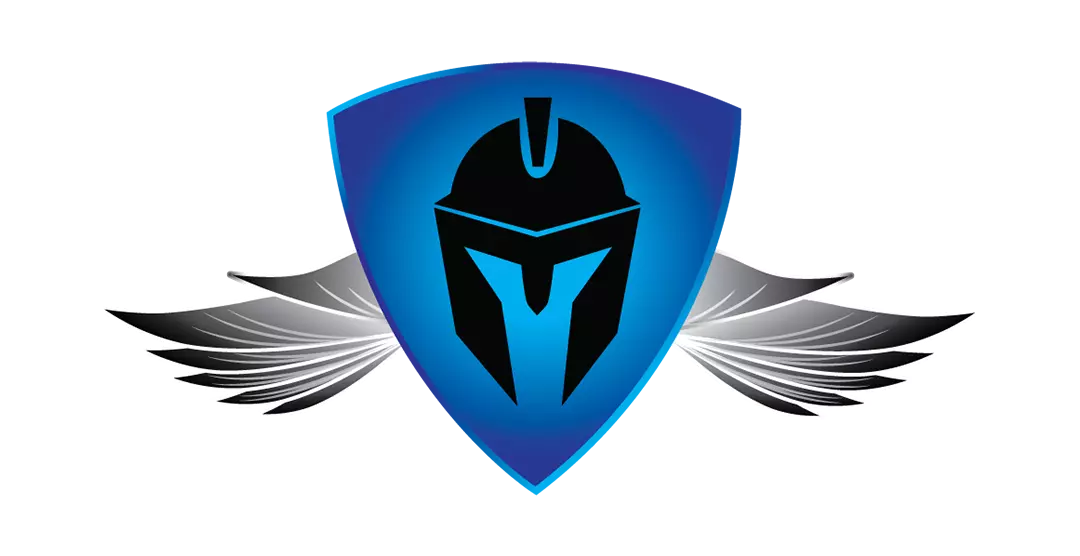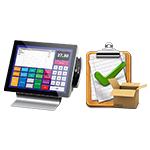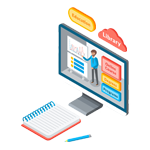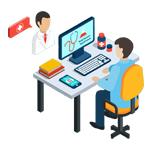The Ultimate Guide to Hospital Management Systems
Digitization is on the rise. There has been an increasing urge to go paperless in many businesses. Similarly, the healthcare industry is turning paperless.
The healthcare industry is the most significant sector of our economy, and many hospitals and doctors are struggling to provide practical and active services to their patients.
Today, hospitals and doctors are actively using digital mediums to communicate with patients and improve their level of care. Many patients enter and exit hospitals in a single day, making it critical to keep their information safe. To overcome this type of work and to maintain the financial, hospital management, and clinical prospects, the Hospital management systems came into reality.
A hospital management systems helps doctors and hospitals to manage patient data, communication, and efficiency. It pushes them to make significant improvements in patient care.
What is a Hospital Management Systems?
The hospital management systems is a web or computer-based system that combines all the information regarding patients, reports, doctors and medical staff, hospital administrative information, etc., into a single dashboard.
The primary aim of the Hospital Management Systems is to eliminate paper from the entire process. This system can combine all the essential information on doctors, patients, employees, and other personnel into a single system/software. A hospital management system can save a hospital, clinic, or doctor a lot of time and money.
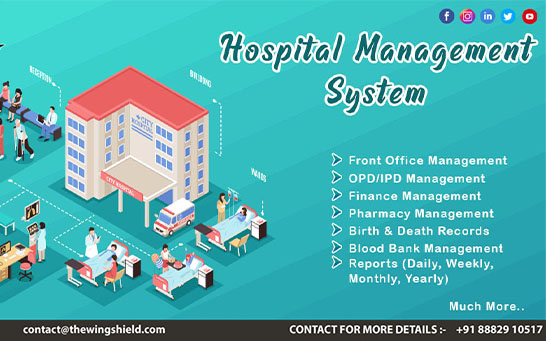
Features of the hospital management systems 1. Appointment and Scheduling Patients should be able to schedule an appointment. Physicians and patients should have access to patients’ records to view and modify appointment information if needed and get a notification alert about addressing sessions with alerts, emails, or SMS. 2. Billing and Financial Management The hospital management systems should include a clinic billing system that allows for the management and monitoring of finances and various financial processes, such as taxes, revenues, costs, and patient bills, from a single location.
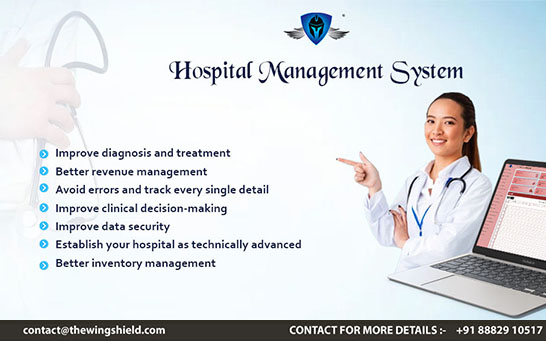
3. Doctor Management This system provides for the registration of doctors who work in hospitals and their clinic information. It helps in the duty management of doctors and keeps them up to date on all appointments related to patient health records. 4. Patient Management It is vital to register patients in the hospital computer system and save any necessary details in a searchable format. The cornerstone of the rest of the patient-interaction system logic is the structure of adequate patient registration system software. 5. Inventory Management Proper inventory management is necessary to ensure that the supply of medical materials, drugs, and equipment is consistent and that there are no sudden shortages.
- Laboratory Management
Faster retrieval of laboratory analyses and test results is possible thanks to laboratory management. Proper software can immediately alert physicians and patients of the results of the investigation, as well as provide one-stop access to all lab data.
Facility Management
The facility management module monitors and maintains room availability, occupancy status, and many kinds of administrative documents.
Role-Based Access
Using default and bespoke roles for users is an option. According to their responsibilities and privileges, users would have limited access. They can use the system based on their duties, so there is no need to provide an admin password to every user.
Benefits of having Hospital Management Systems
Improved Processes
One of the most significant advantages is that automation aids in the user optimization experience. Medical specialists, patients, and hospital administrators can communicate, schedule appointments, and share information via the internet.
Digital Medical Records
Doctors can get disease history, test findings, and prescription therapy digitally with a brief delay to establish an accurate diagnosis and monitor the patient health. It also minimizes the amount of documentation produced, as well as its storage and management.
Staff Interaction
It is critical to instantly involve all of your staff to increase coordination and teamwork.
Faster Claims Processing
Integration with health insurance providers improves the patient experience by facilitating faster and easier claims processing, saving time for the hospital.
Time-Saving
As the services and interactions are automated and direct in all ways, all activities happen quickly with minimal chances of an error. It saves time for all parties included while also keeping them with the current report.
Patient Self-Service
Patients have system accounts via which they can do a variety of tasks. They can submit online requests, schedule appointments, and get test results.
Better Customer Experience
The treatment process can be less stressful because the hospital management system is patient-centred. Doctors have more time for examinations and patient engagement. All the needed data is available online.
Final Thought:
Creating hospital management systems is beneficial for enhancing productivity, minimizing workload and burn-out rates, optimizing workflow, and improving customer satisfaction. Wingshield can provide a comprehensive healthcare management system that will boost the efficiency of your medical facility.
Our Products

